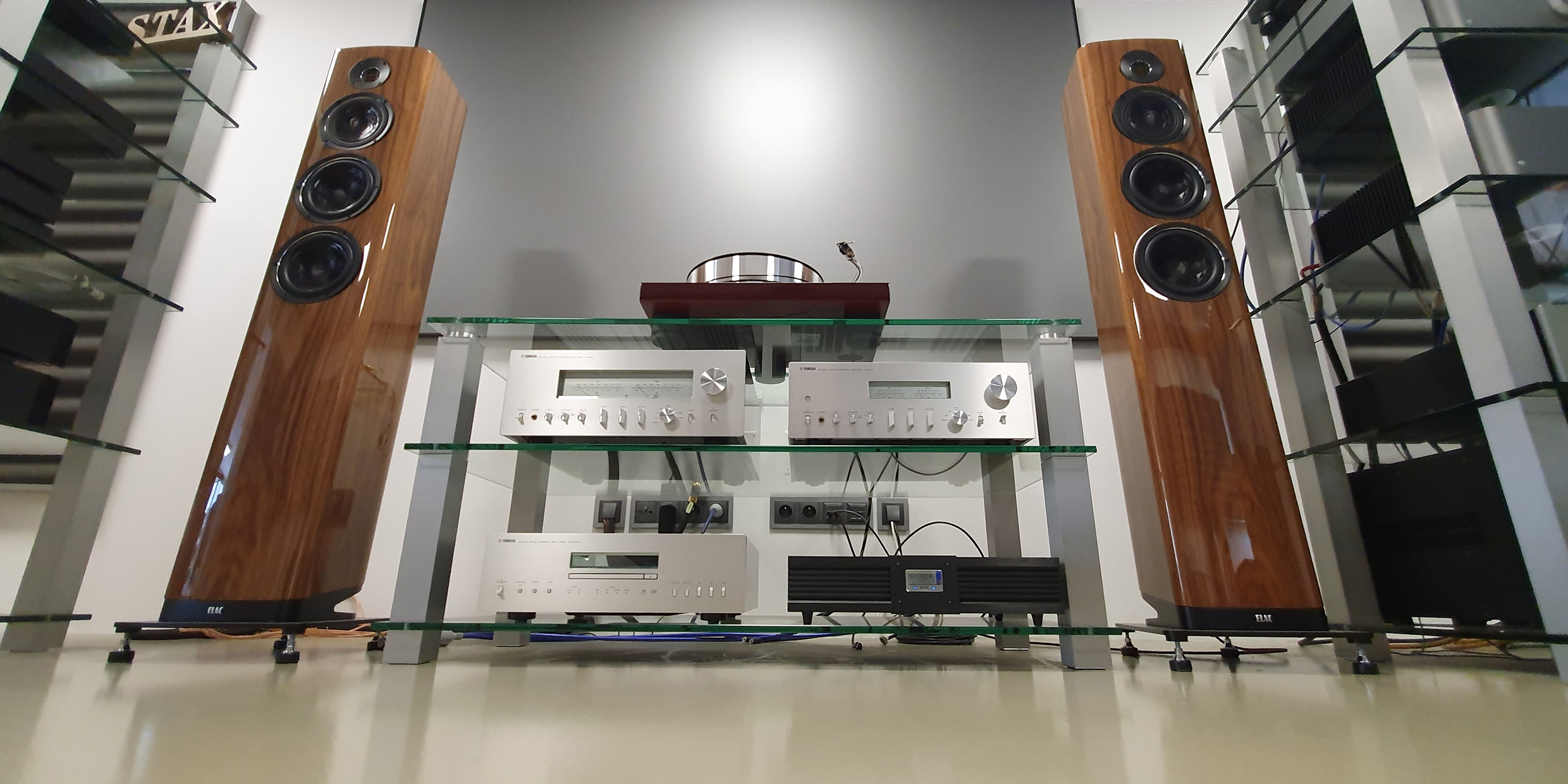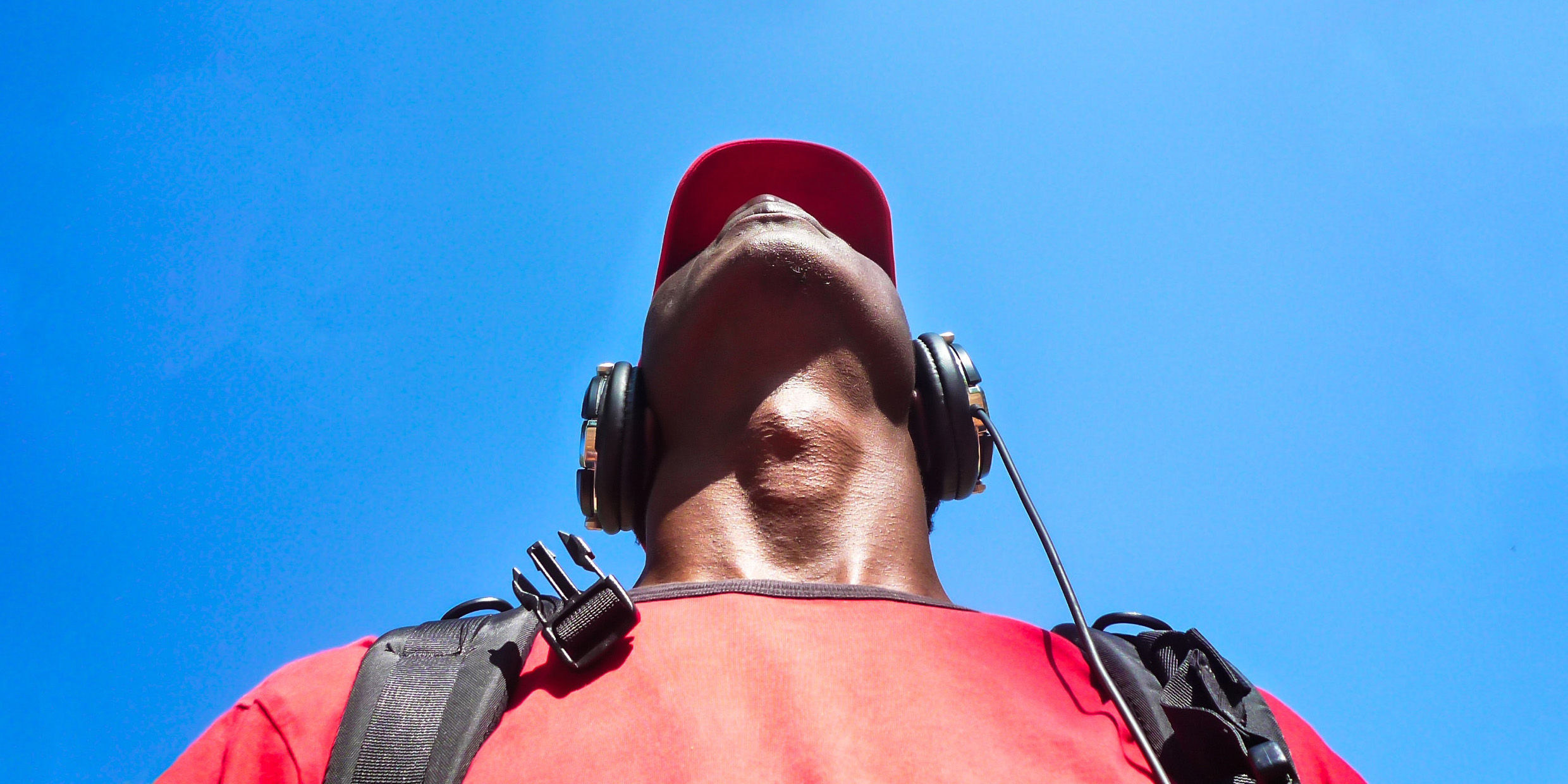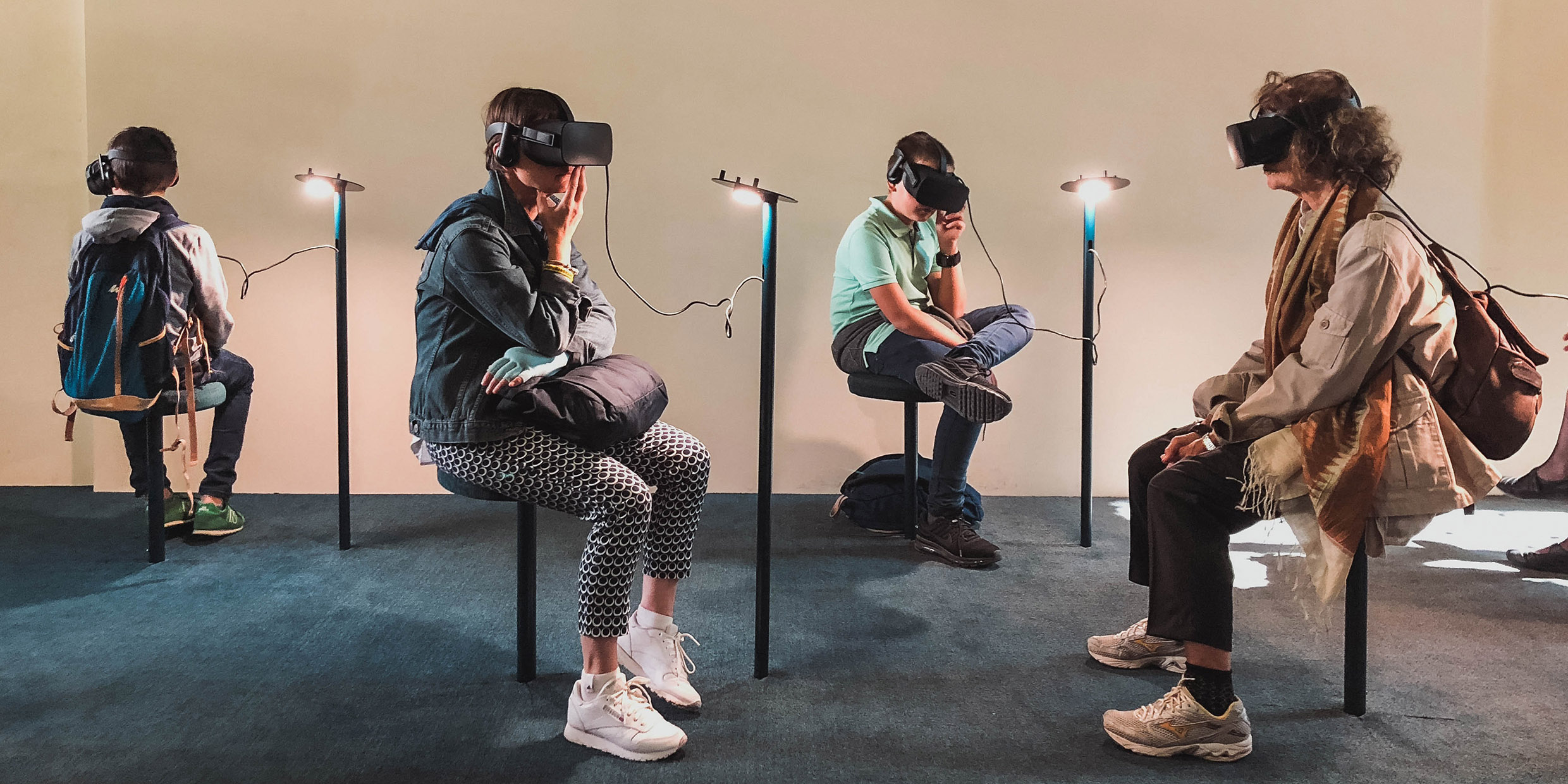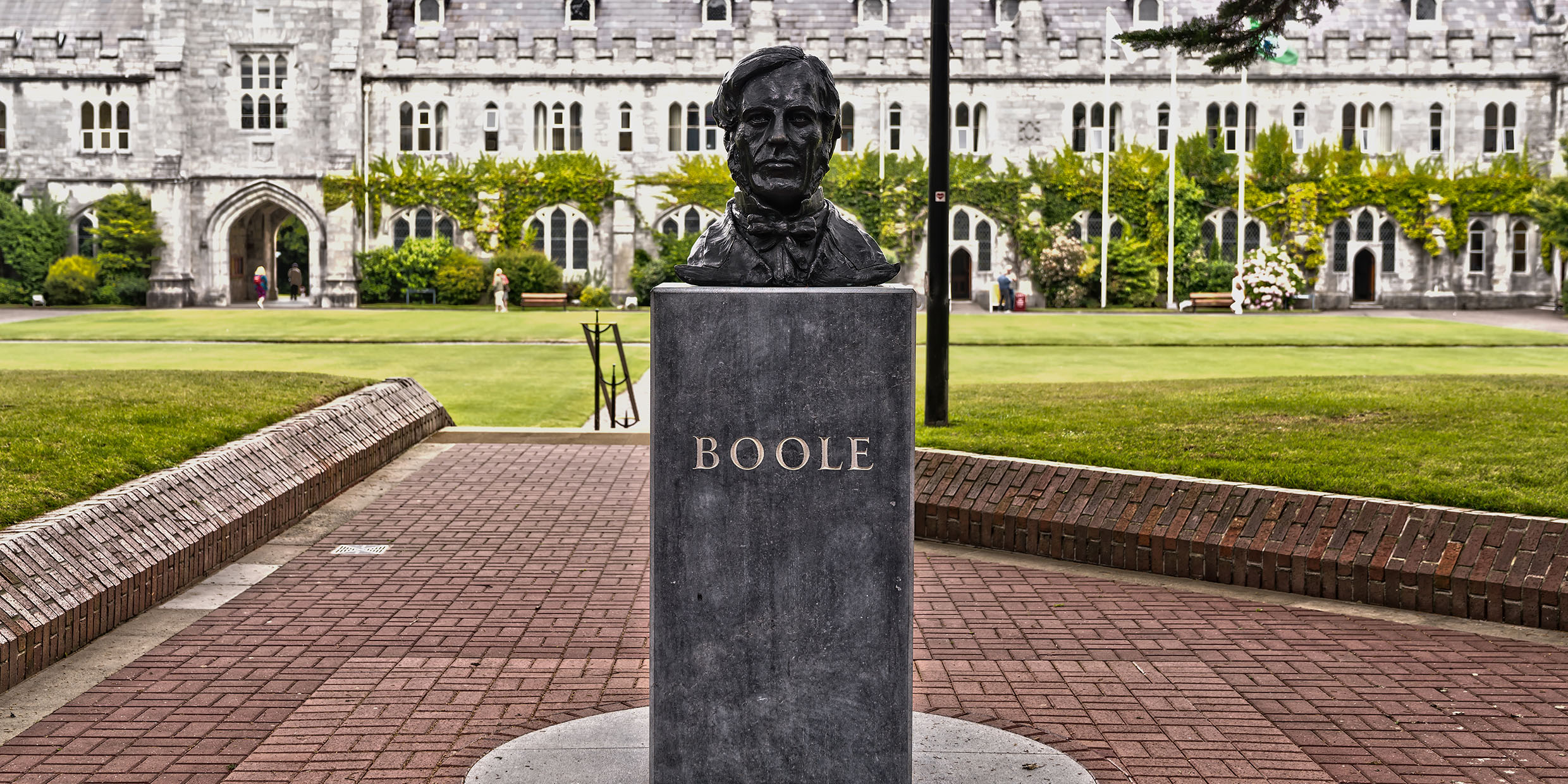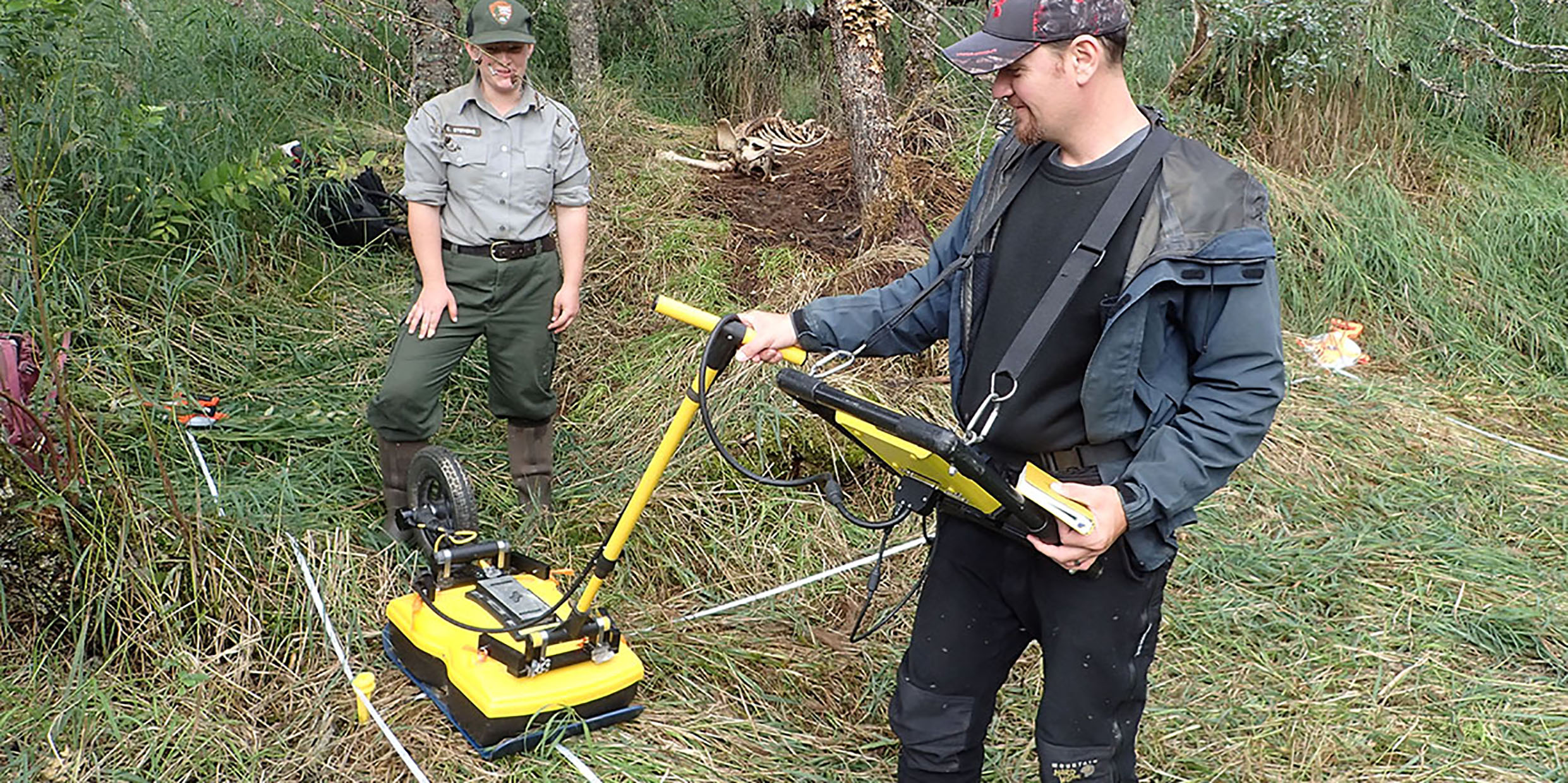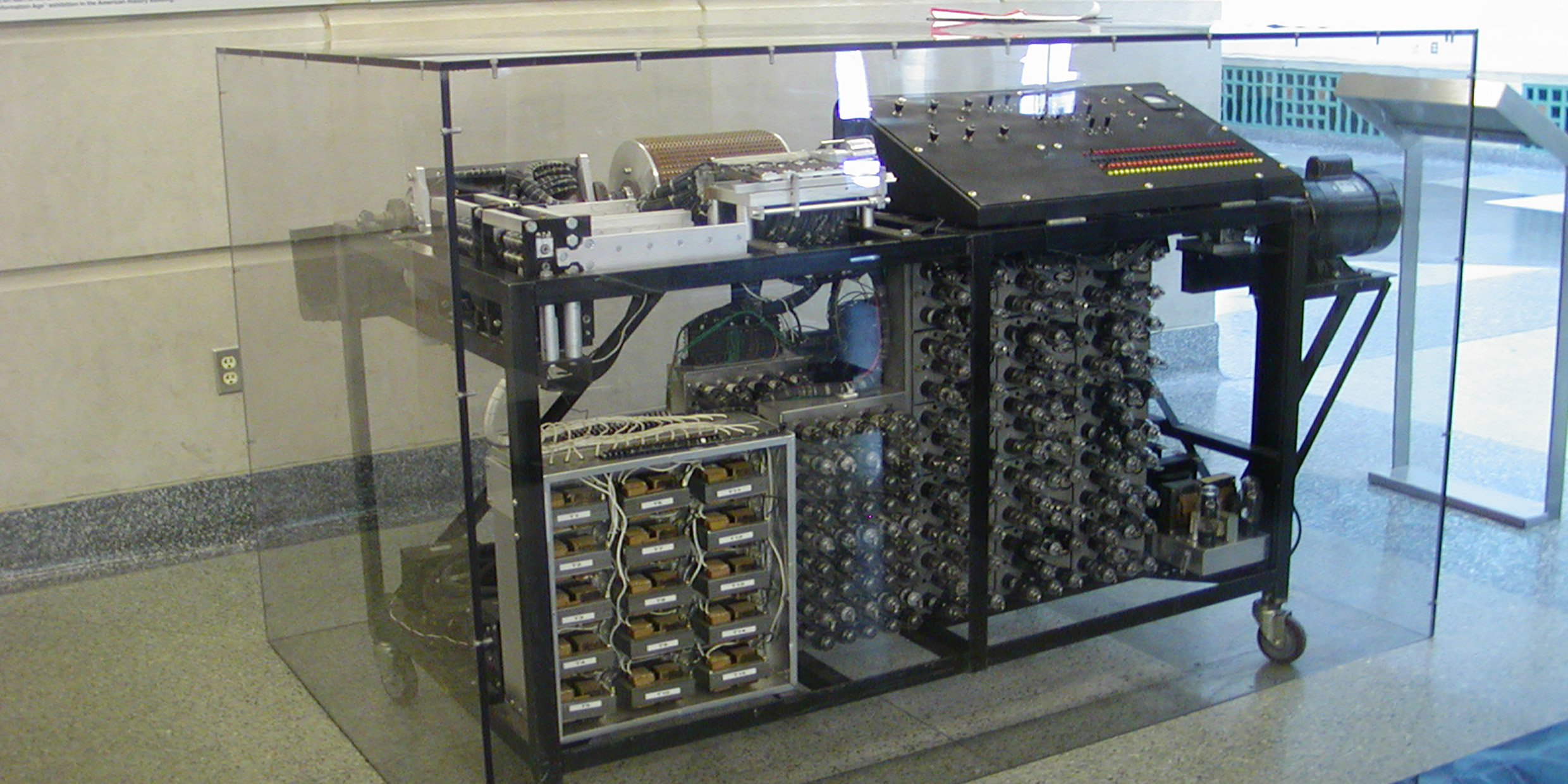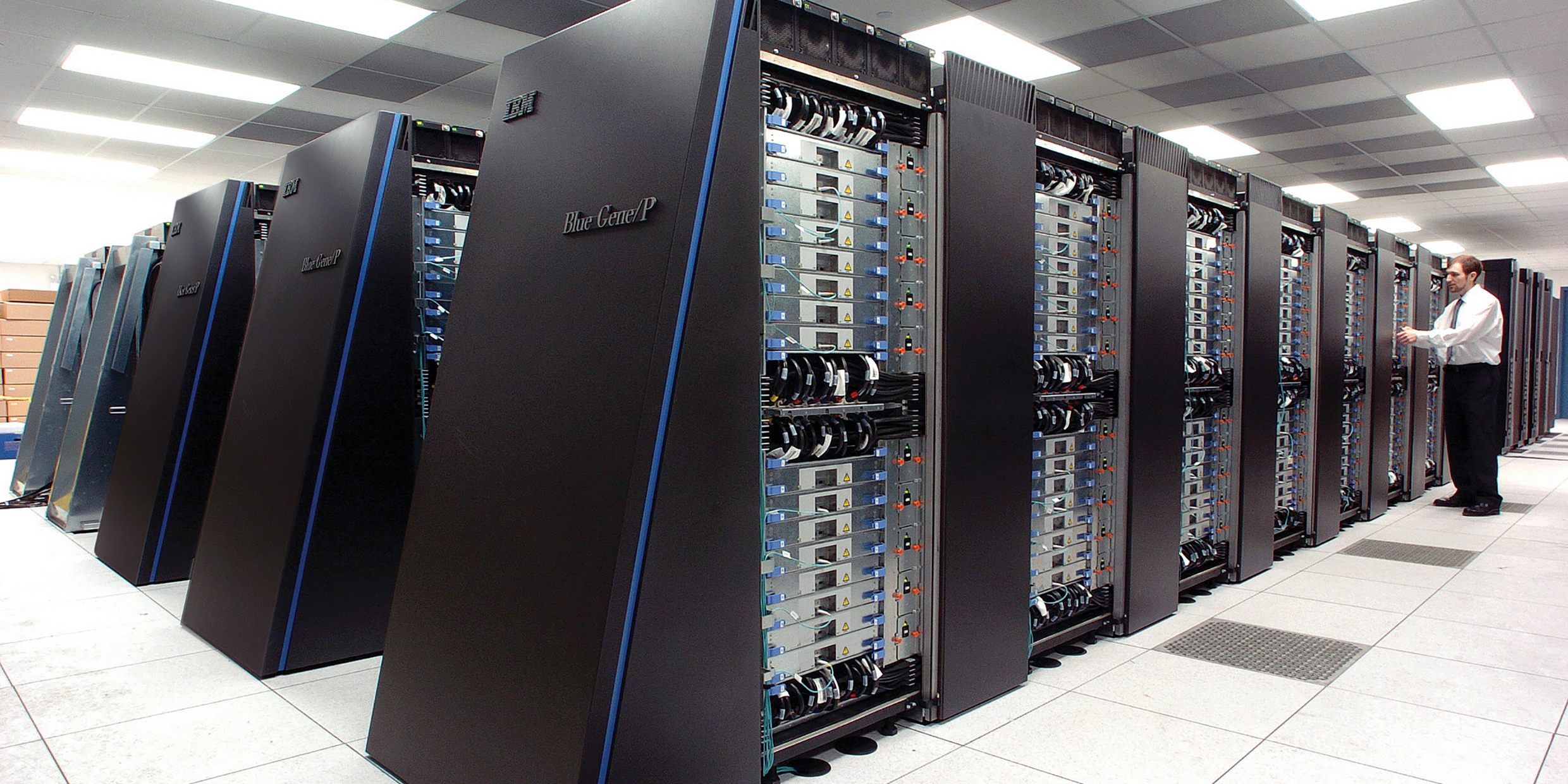A friend down in Florida sells high-end stereo equipment. By high end, I mean off the top of the scale. He has music systems in his shop that cost more than my car.
Articles with Computers
Cameras don’t lie but a photograph might
Photographs don’t lie. Or do they?
Building a better silence
It is late night. Other members of the household are asleep. Street noises have subsided. The groan of planes making its way to Logan has come to an end. Even the refrigerator has momentarily suspended its almost ceaseless purr. It is that time of the day when one hears the silence.
Virtual reality is not enough
Put on the EyePhone stereographic display goggles. Crank up the audio headset. Slip your hand into the DataGlove. Plug yourself into a supercomputer. Welcome to virtual reality.
The boy who wouldn’t stay ‘in his place’
Inside the entrance of the Boole Library, at Ireland’s University College in Cork, the watchful eyes of George Boole gaze down on visitors from the stern but kindly portrait that hangs in a place of honor.
Picks to computers
If there was an award for the handsomest scientific periodical, it would surely go to the American Journal of Archaeology (AJA), a big, thick, white-covered quarterly, printed on glossy paper and full of crisp photographs and drawings. The century-old journal has a fusty dignity, like the venerable artifacts it describes.
A long, fast drive into computer history
One night in the winter of 1937, a young theoretical physicist at Iowa State University at Ames got into his car and drove at top speed along the dark highways of the prairie.
Evolutionary games on the computer
Those who oppose evolution often claim that the theory is not “scientific.” They say that no hypothesis can qualify as science unless it can be tested by a controlled experiment.
Supercomputers can change physics
There is a new generation of supercomputers on the horizon, machines that are many times faster and more powerful than anything existing today. It is my guess that the new machines will revolutionize physics. They will not just change the way we do physics; rather, they will change the way physicists think about the natural world.
